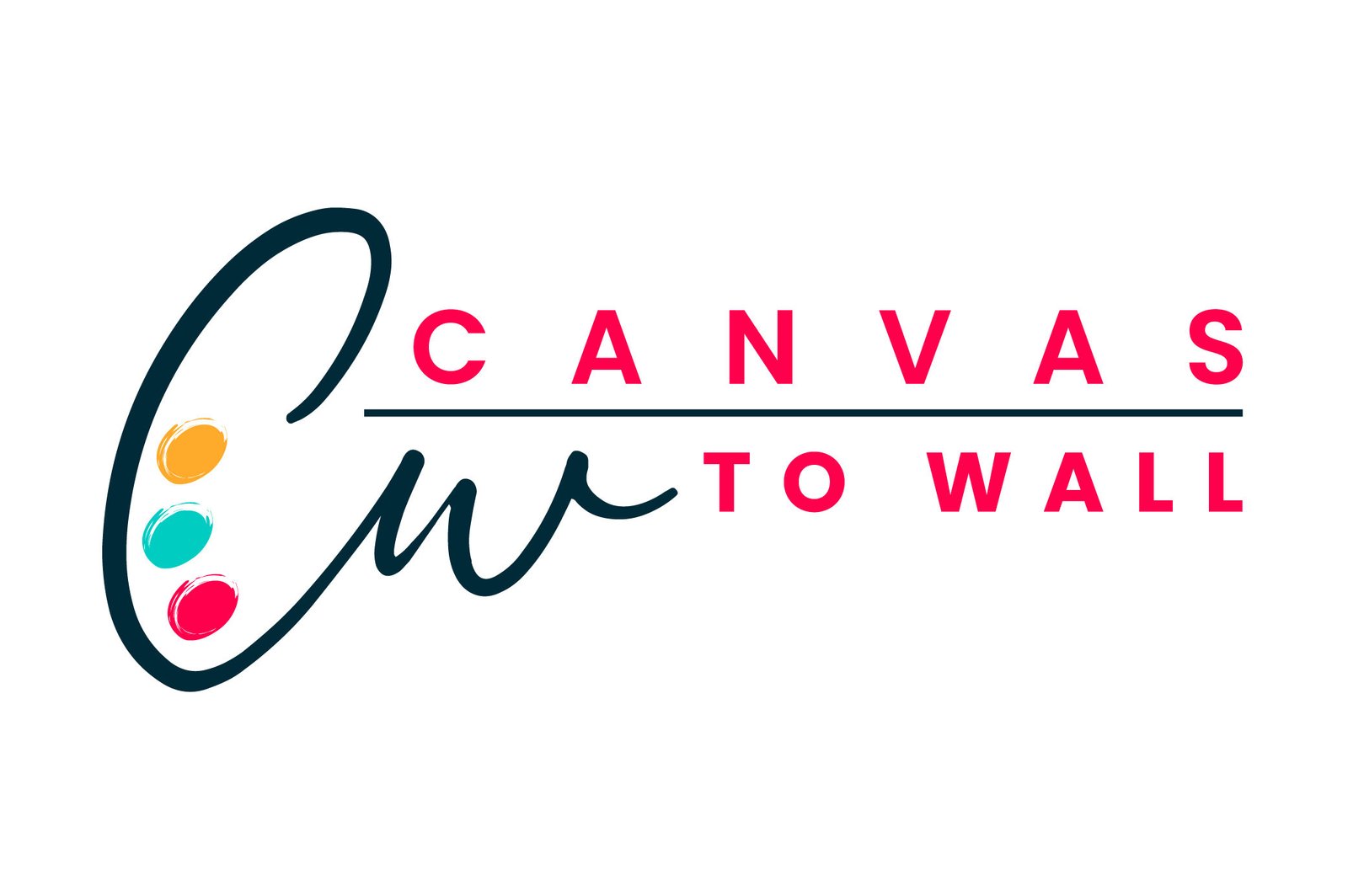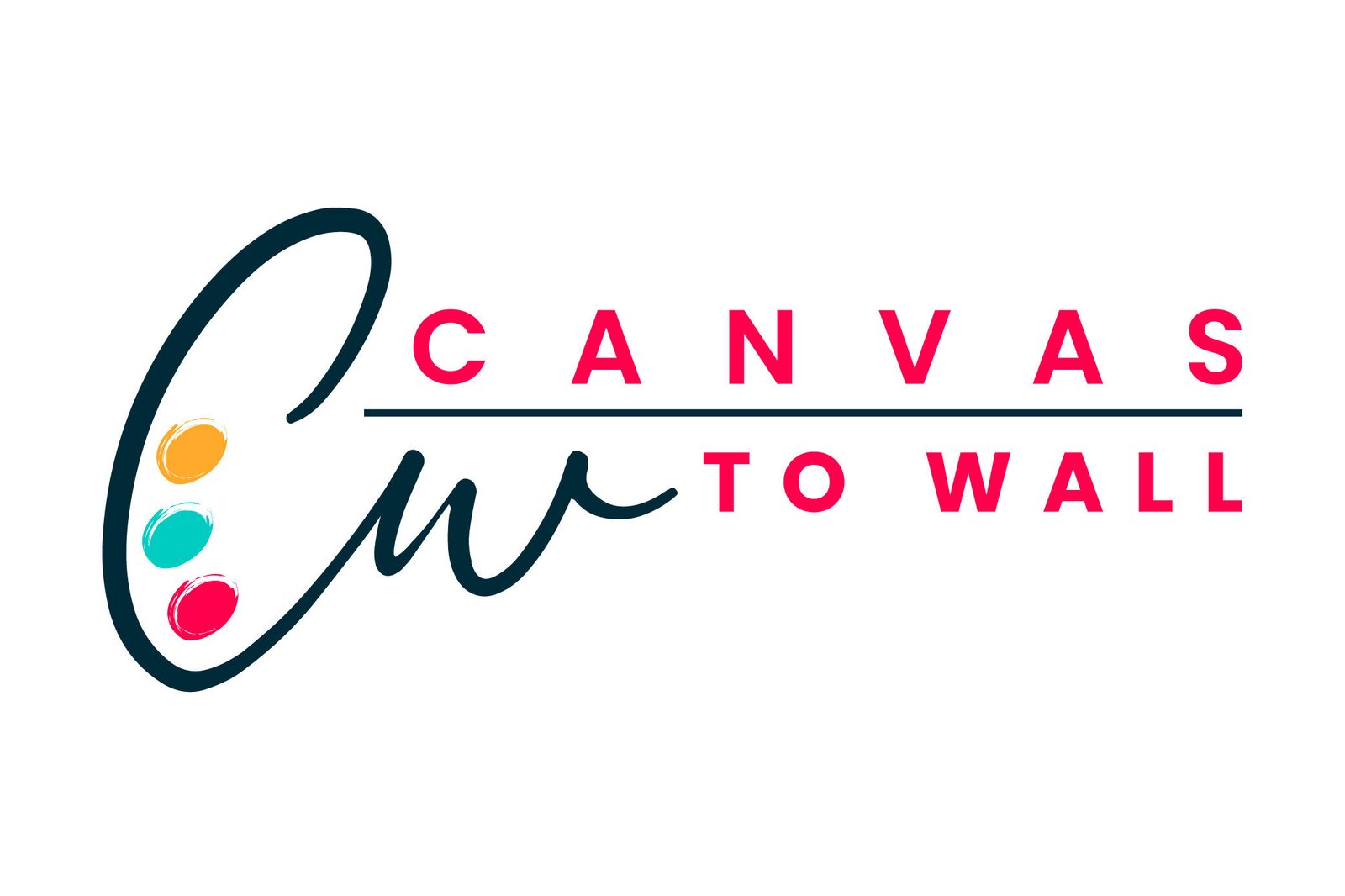Description
Course Description:
This textured art course is designed to explore the diverse world of texture in art-making. Through a series of structured lessons and hands-on projects, students will learn various techniques for creating texture using a wide range of materials and mediums. From traditional methods to experimental approaches, this course will inspire students to push the boundaries of their creativity and incorporate texture into their artwork in exciting and innovative ways.
Course Objectives:
- To introduce students to the concept of texture in art and its expressive potential.
- To teach students a variety of techniques for creating texture using different materials, tools, and mediums.
- To explore the role of texture in enhancing visual interest, tactile experience, and emotional impact in artwork.
- To develop students’ skills in composition, design, and craftsmanship through the use of texture.
- To encourage experimentation, creativity, and self-expression in textured art-making.
Course Duration: 10 weeks (20 sessions, 2 sessions per week)
Week 1-2: Introduction to Textured Art
Overview of texture in art history and contemporary practices
Exploration of tactile and visual texture in artworks
Week 3-4: Traditional Texture Techniques
Relief techniques: impasto, sgraffito, carving, and embossing
Collage techniques: paper, fabric, found objects, and mixed media
Week 5-6: Texture with Painting Mediums
Acrylic texture mediums: modeling paste, gel medium, and texture gels
Oil painting techniques: palette knife, brushwork, and glazing
Week 7-8: Exploring Texture in Printmaking
Relief printmaking techniques: linocut, woodcut, and collagraph
Intaglio printmaking techniques: drypoint, etching, and aquatint
Week 9-10: Experimental Texture Techniques
Textile techniques: stitching, weaving, felting, and embroidery
Sculptural techniques: molding, casting, and assemblage
Assessment and Evaluation:
Weekly textured art projects and assignments
Critiques and feedback sessions to review student progress
Final project/portfolio showcasing mastery of textured art techniques
Materials Required:
- Painting materials (acrylic paints, oil paints, watercolors, etc.)
- Texture mediums (modeling paste, gel medium, texture gels)
- Relief printing materials (linoleum blocks, carving tools, printing ink)
- Collage materials (papers, fabrics, found objects, adhesives)
- Sculptural materials (clay, plaster, wire, found objects)
- Textile materials (fabric scraps, yarn, embroidery thread, needles)
- Printmaking press or brayer (optional)
- Variety of brushes, palette knives, carving tools, and other art supplies
Note: This syllabus provides a comprehensive overview of textured art techniques and projects. Additional resources, demonstrations, or projects may be incorporated based on student interests and instructor expertise. Students are encouraged to experiment with different materials and techniques to develop their own unique textured artworks.
Join this course to master the art of texture. Learn diverse techniques, enhance your design skills, and express yourself through creative, textured artworks.





Reviews
There are no reviews yet.